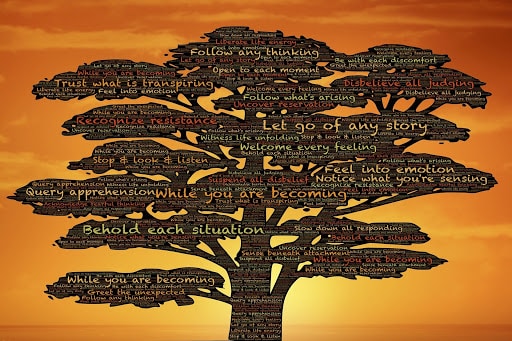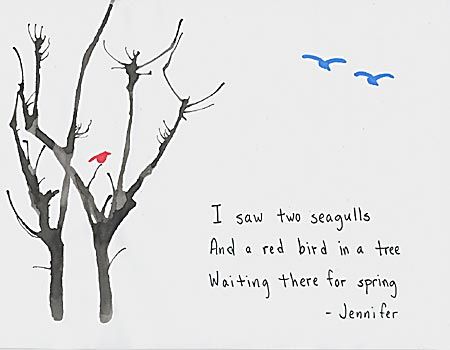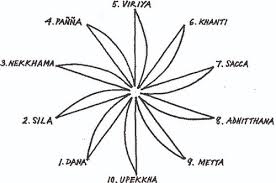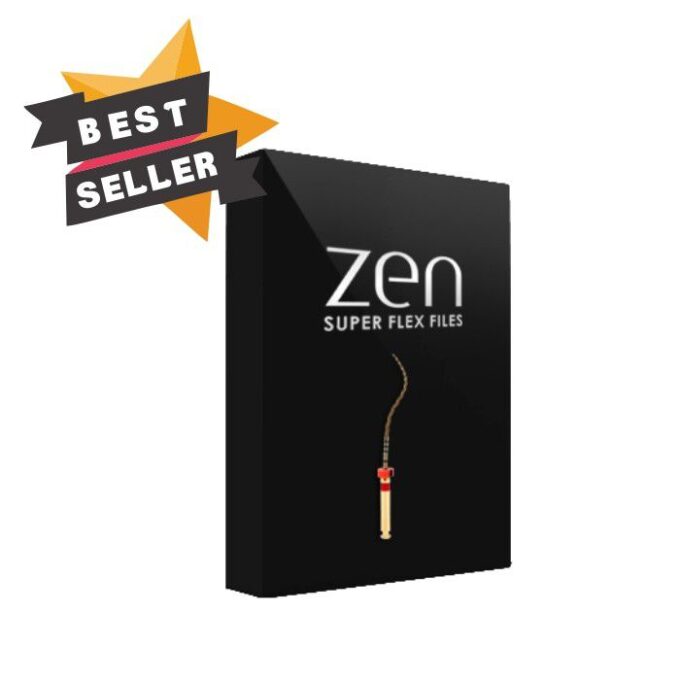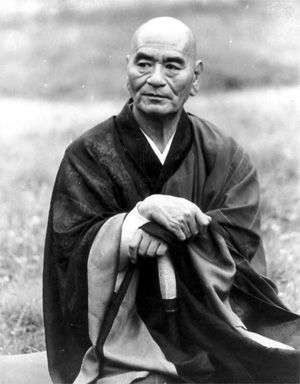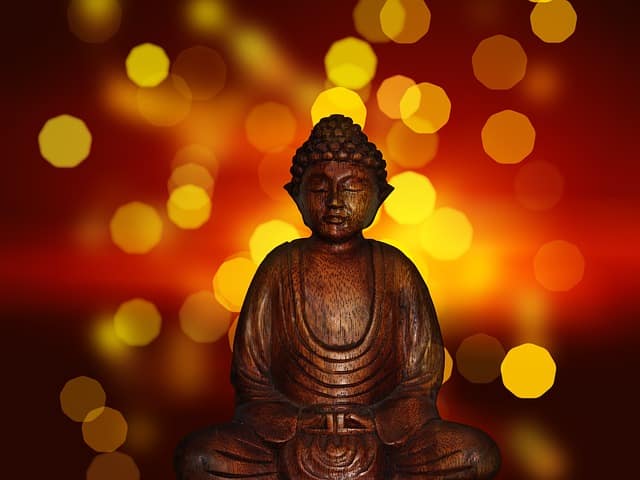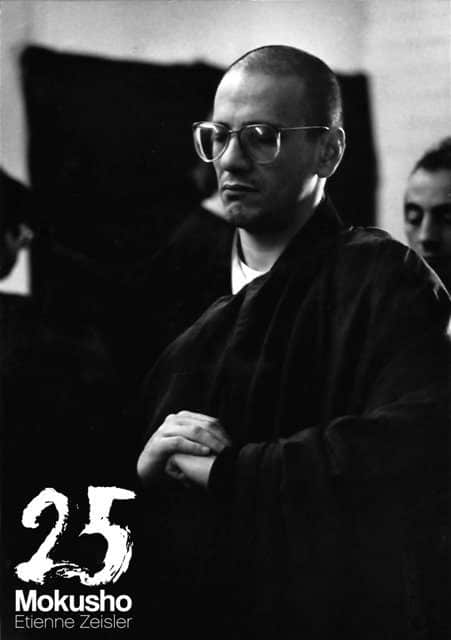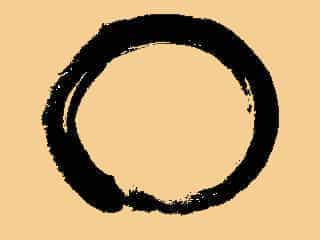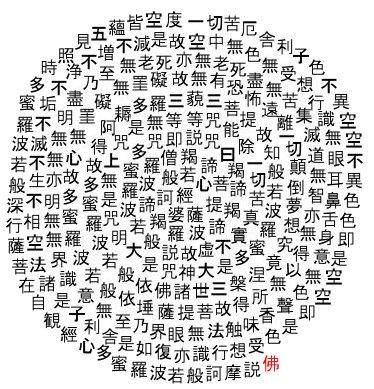Category: Resources
ANATTĀ – THE NOT-SELF CHARACTERISTIC Buddha said: “Physical form, monks, is transient, and whatever is transient is unsatisfactory; whatever is unsatisfactory, that is anattā (non-self); and whatever is non-self, …
Camellia-petal fell in silent dawn . . . spilling A water-jewel Haiku is a contemplative, unrhymed Japanese poem that attempts to chronicle the essence of a moment in which …
Ten Qualities Leading to Buddhahood. Pāramitā (Sanskrit, Pali) or pāramī (Pāli) is “perfection” or “completeness”. While technically pāramī and pāramitā are both Pāli terms, Pali literature makes far greater …
Case Seizei said to Sozan, “Seizei is utterly destitute. Will you give him support?” Sozan called out, “Seizei!” Seizei responded, “Yes, sir!” Sozan said, “You have finished three cups …
The Case Joshu went to a hermit’s cottage and asked, “Is the master in? Is the master in?” The hermit raised his fist. Joshu said, “The water is too …
Taisen Deshimaru (Yasuo was his given first name) was born in on November 20, 1914, near the town of Saga, on the isle of Kyushu. His mother was a …
For over two thousand years, Buddhists around the world have celebrated the Buddha‘s Birthday. Traditionally, his birth is supposed to have been in 623 BC but the Buddhist calendar …
During mondo, somebody asked: „You always say strong, strong, strong.” Strong decision! In history, the monk Tosui is an example of a strong decision of following the Way. Tosui …
Śūnyatā is a Sanskrit noun that derives from the adj. sūnya – ‘void’, Suññatā (Pāli; adj. suñña), Ku (Japanese), Śūnyatā holds the semantic field of “emptiness” and is the …
KAN JI ZAI BO SA GYO- JIN HAN-NYA HA RA MI TA JI Avalokitesvara Bodhisattva, while meditating deeply in the Prajñaparamita, SHO- KEN GO ON KAI KU- DO IS-SAI …
